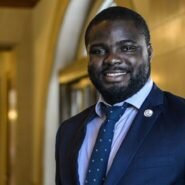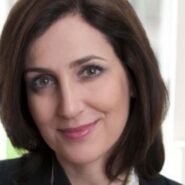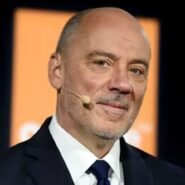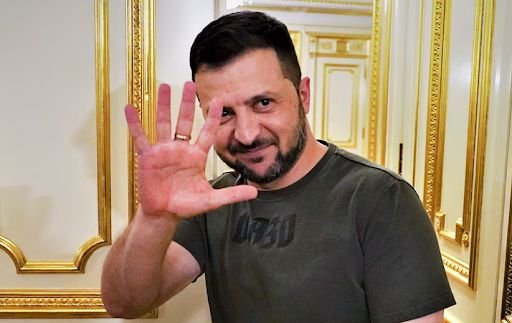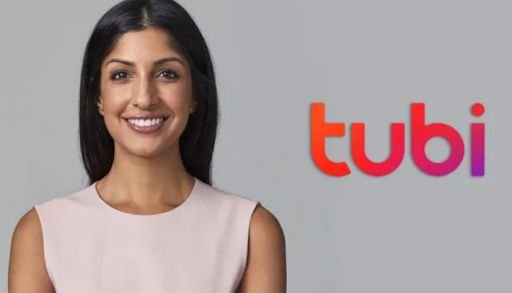Justin Trudeau, born on December 25, 1971 (53 years old) in Ottawa, Canada, has served as the country’s Prime Minister for ten years and has led the Liberal Party of Canada for twelve. He is the 23rd Prime Minister of the North American nation, acting as Head of Government within a parliamentary system where power is exercised through elected assemblies.
It is worth noting that Justin followed in the footsteps of his father, who also led the country in earlier years. Forecasted by other political figures, Trudeau’s entry into politics seemed inevitable. Before becoming Prime Minister, he held roles such as Minister of Youth, focusing on policies directed at younger generations.
The path of Trudeau
Just like his father, who also served as Prime Minister, Trudeau attended the same school Pierre once did. After finishing high school, he went on to study at McGill University, where he earned a Bachelor’s degree in English Literature at the age of 24. He later attended the University of British Columbia, graduating with a degree in Education in 1998.
Once his academic journey concluded, Trudeau took time to travel the world with friends, stepping away from professional commitments. Upon his return, he moved to Vancouver and worked as a high school teacher of French and mathematics. In the early 2000s, Trudeau resumed academic studies, enrolling in an Engineering program at the École Polytechnique of the University of Montreal. From 2005 to 2006, he further expanded his qualifications with a Master’s in Environmental Geography.
Throughout these years, Trudeau consistently focused on youth support during his time as a teacher and upheld the liberal ideals that had defined his family’s political legacy, despite maintaining a relatively low public profile. After completing his graduate studies in 2006, he was appointed chair of the Liberal Party’s Youth Renewal Task Force, a clear indicator of his growing influence.
During that period, Trudeau participated in public events and press conferences where the issues discussed consistently centered around youth concerns, such as education and economic opportunity. This advocacy led to his candidacy in Papineau, a federal riding in Canada, where he was elected as Member of Parliament in the 2008 federal elections.
He was re-elected in 2011 and, in 2013, became the leader of the Liberal Party—a milestone both for him and for his politically active family.
Leader of the Liberal Party and Prime Minister
In April, competing against five other candidates for the Liberal leadership, Trudeau won decisively with more than 80% of the vote. His platform emphasized social inclusion, economic equality, and political renewal in response to the rise of inexperienced public figures.
Thanks to his leadership, the Liberal Party triumphed in the 2015 federal elections with more than 40% of the vote, presenting a message that contrasted with traditional party platforms. Once again, Trudeau’s campaign focused on the middle class and working people as the centerpiece of his economic vision.
Among the most memorable moments of his early tenure as Prime Minister were his participation in a virtual Q&A with school children and his cabinet appointments, which included equal numbers of men and women.
In the 2019 general elections, the Liberal Party once again secured a victory at the polls, albeit with a reduced number of parliamentary seats. Criticism followed regarding the government’s pandemic management, and recent years have seen a decline in Trudeau’s popularity. This culminated in the politician’s recent announcement of his resignation as Liberal Party leader and Prime Minister: “I will resign.”
Justin Trudeau will continue in office until Parliament reconvenes and early general elections begin in March 2025. The selection of the next Prime Minister is scheduled for late October.
At age 41, the Canadian politician took control of the Liberal Party once led by his father, continuing a family legacy in public service. At 43, he became Prime Minister, driven by his ability to connect with young voters and his commitment to economic change—a mission he achieved until the onset of the global coronavirus pandemic. What is clear is that the former math teacher earned a place in the hearts of those who believed in innovation and a new direction for Canada.
